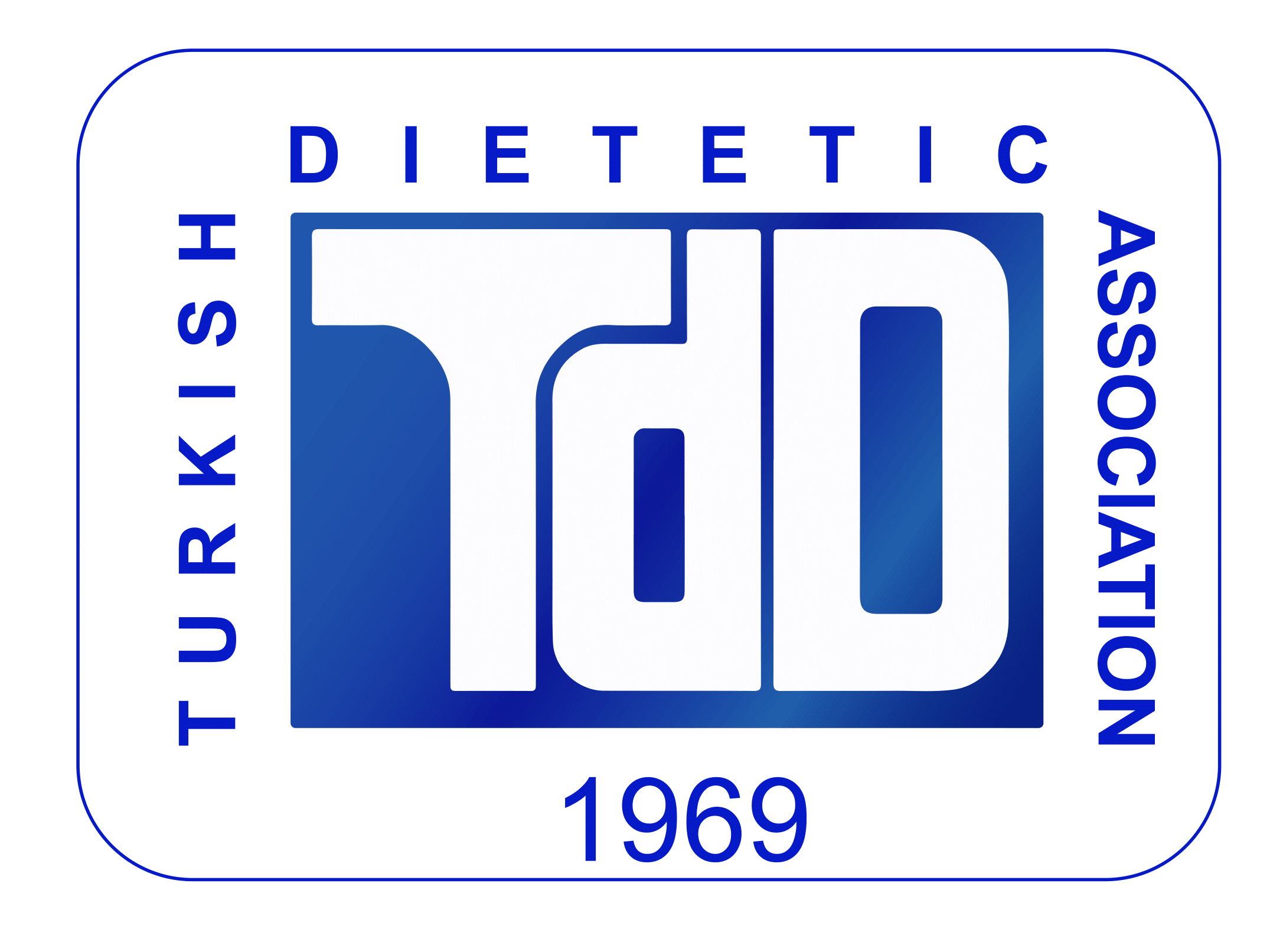The Determınatıon Of Serum Zınc Level Of Phenylketonurıc and Healthy Chıldren 2-6 Years Of Age, And Theır Growth and Development
Keywords:
zincAbstract
Several surveys have shown the existence of an important problem of zinc deficiency, in Turkey. The growth and development status of two groups of children, is comparatively evaluated, according to the levels of energy, protein and zinc consumed with the diet, one group of children having phenylketonuria, a most frequently observed amino-acid metabolism deficiency, and the other group of children being selected as a healthy control group. Twenty phenylketonuric children o f 2-6 years, and 20 healthy children have been observed, as to their food consumption habitudes during 3 days between January and May 1994, and their growth and development curves have been evaluated. In conclusion, in 45% of phenylketonuric children, and in 40% of healthy children insufficient or at the minimal normal level of energy, and in 20% of all children, insufficient protein consumption has been observed. Although the difference between the zinc levels of diet and serum has not been found statistically relevant, in 45% of phenylketonuric children, serum zinc has been found just below the normal serum zinc level.

